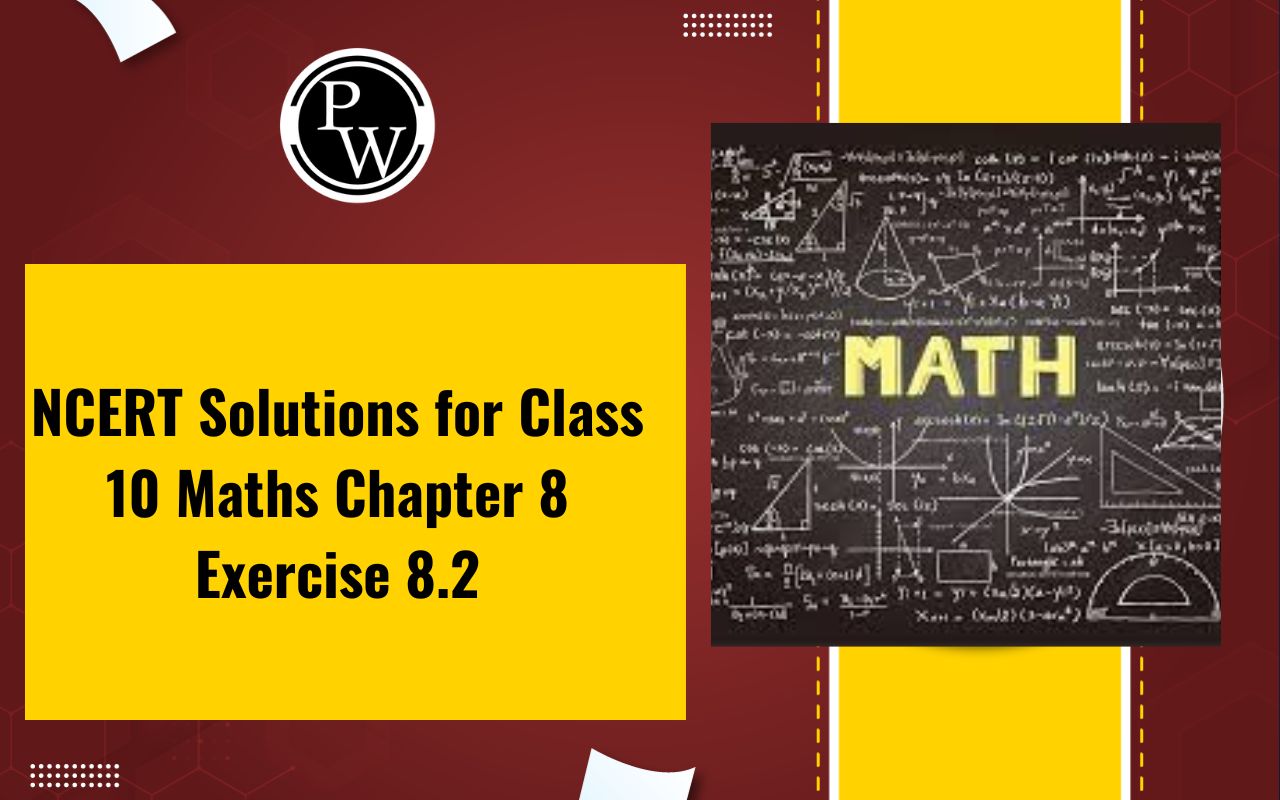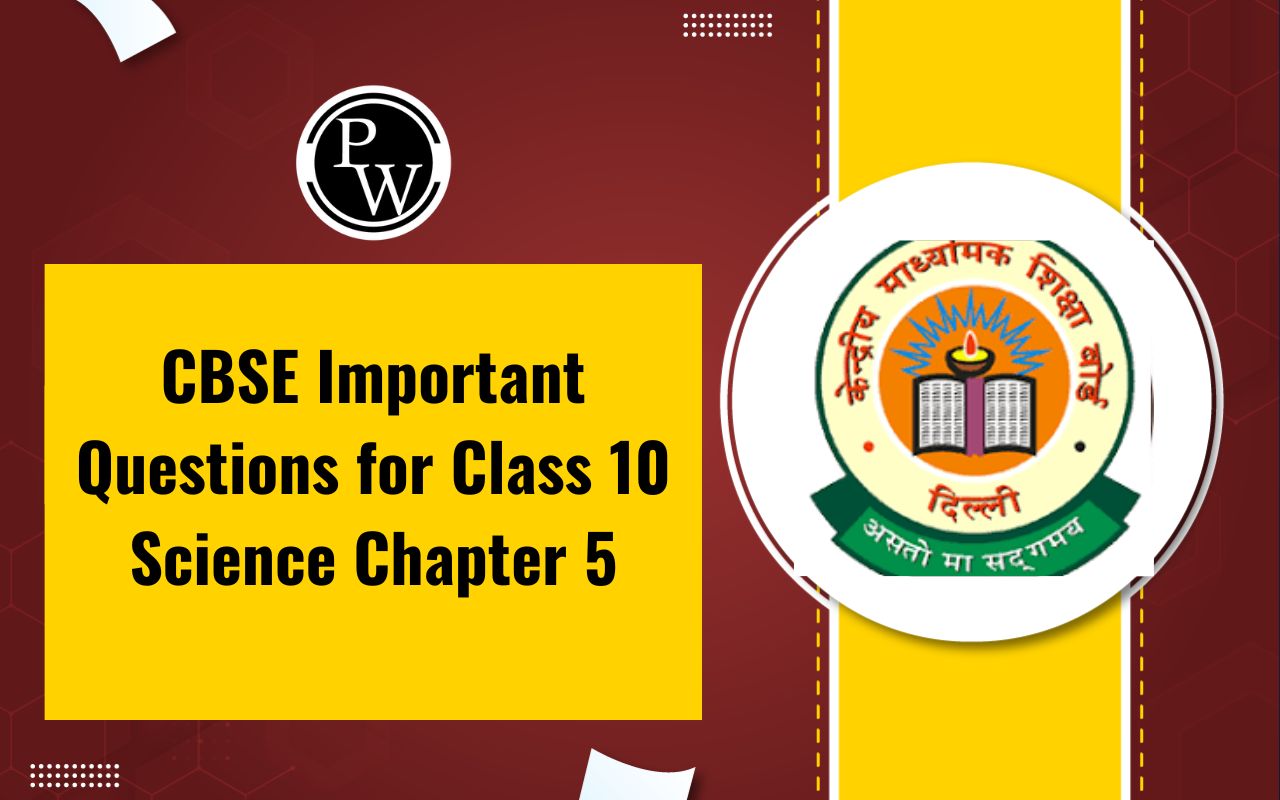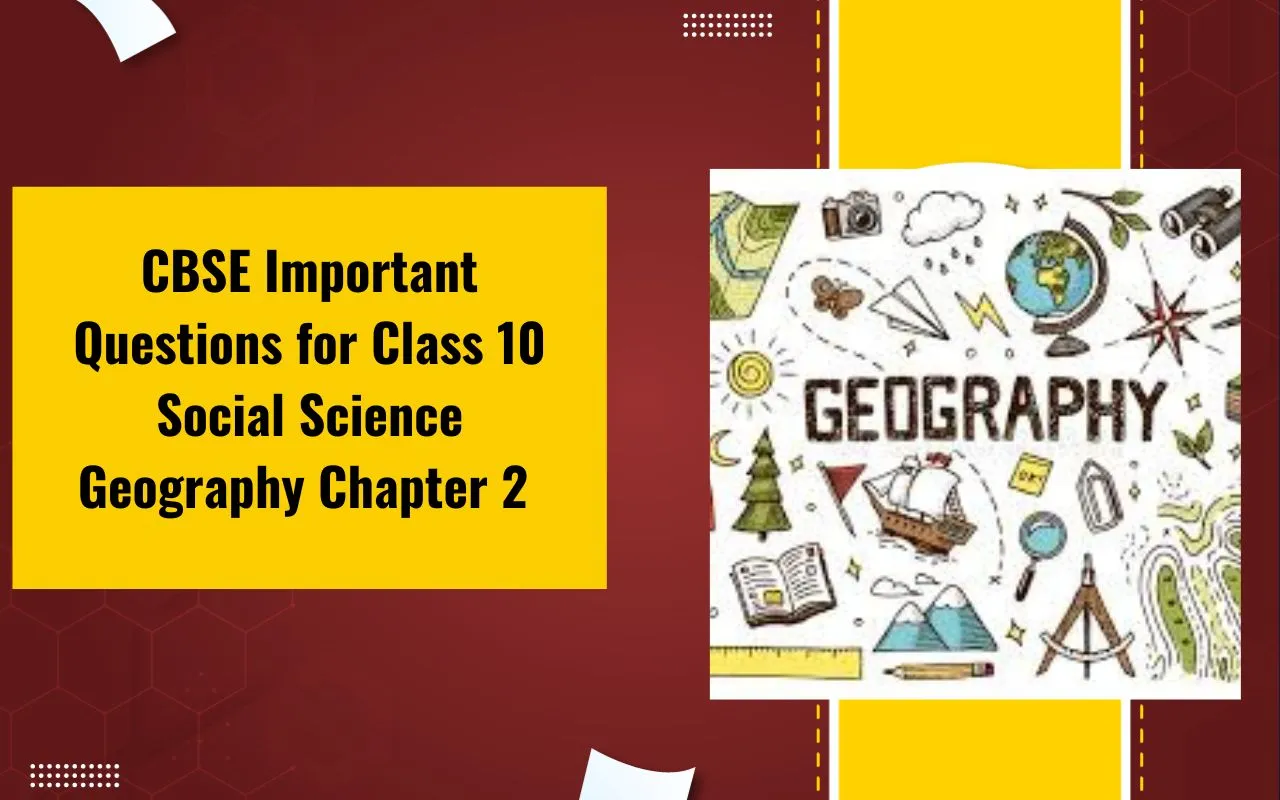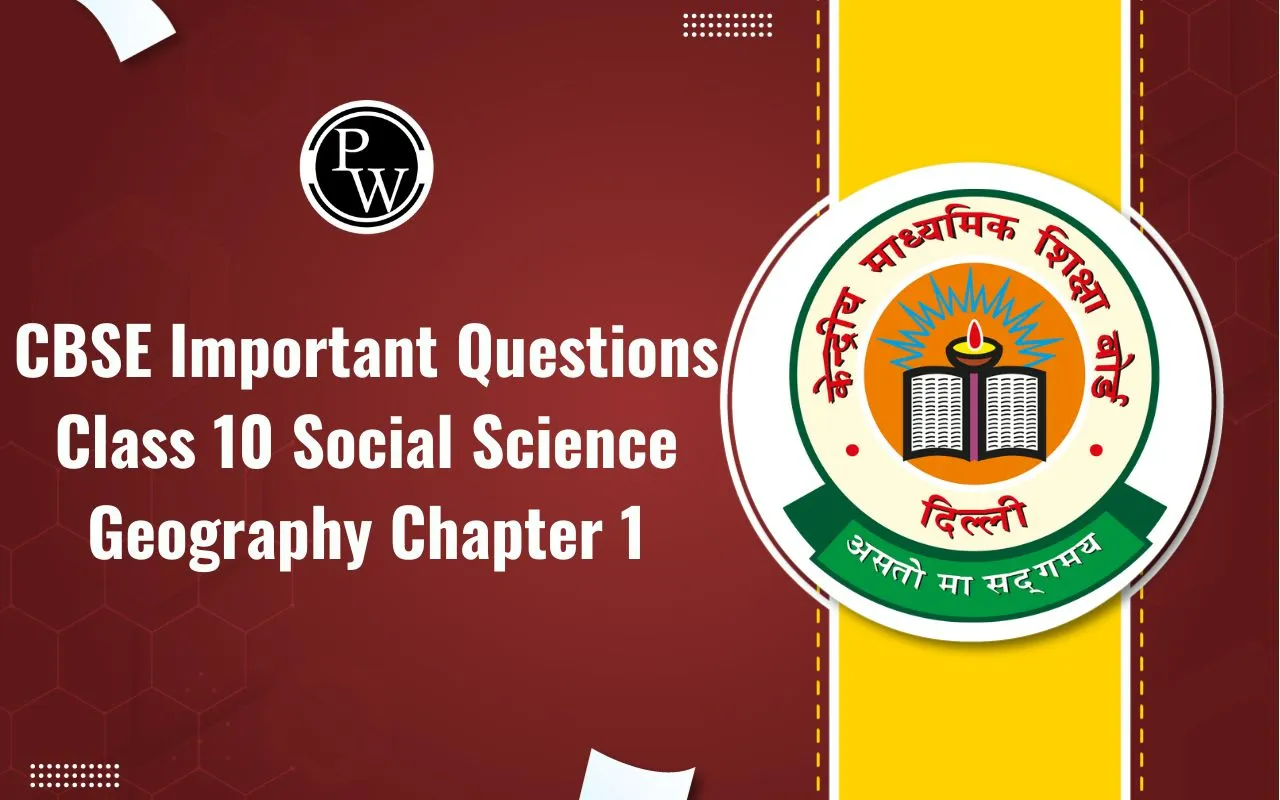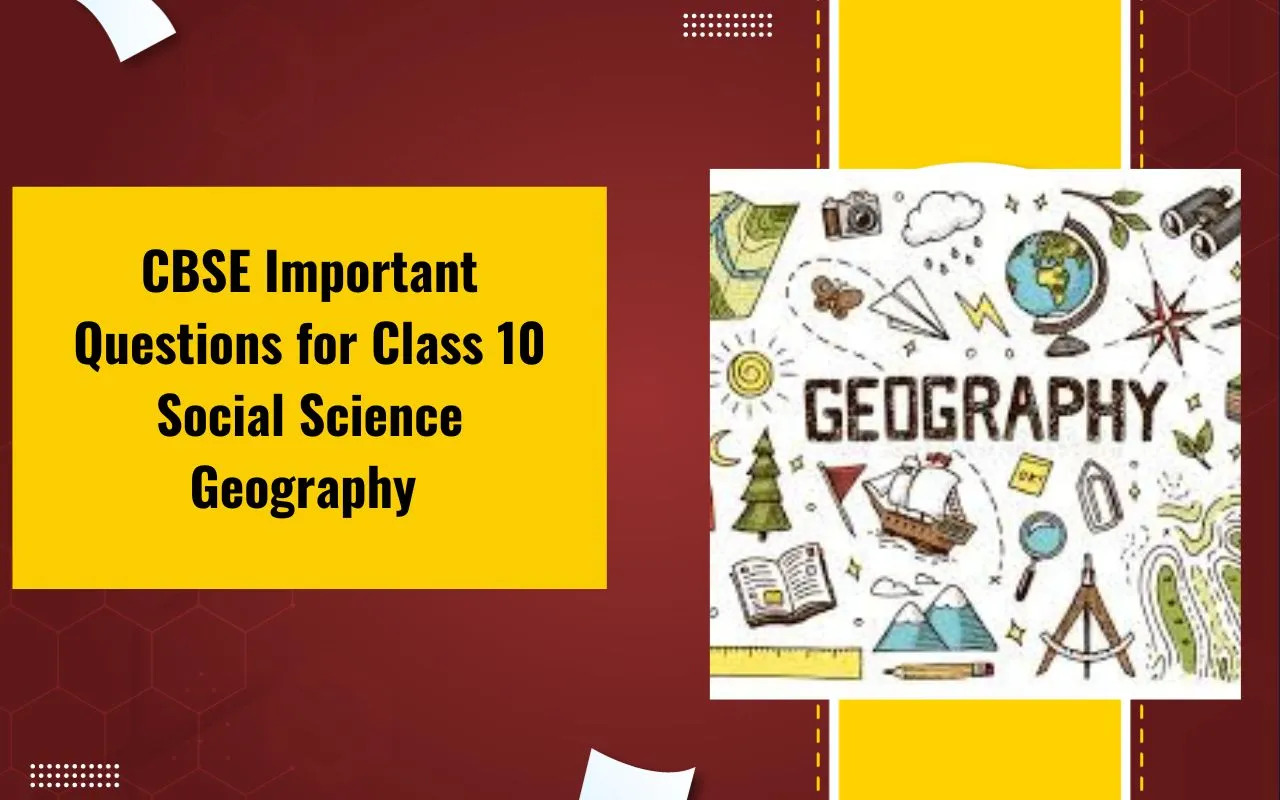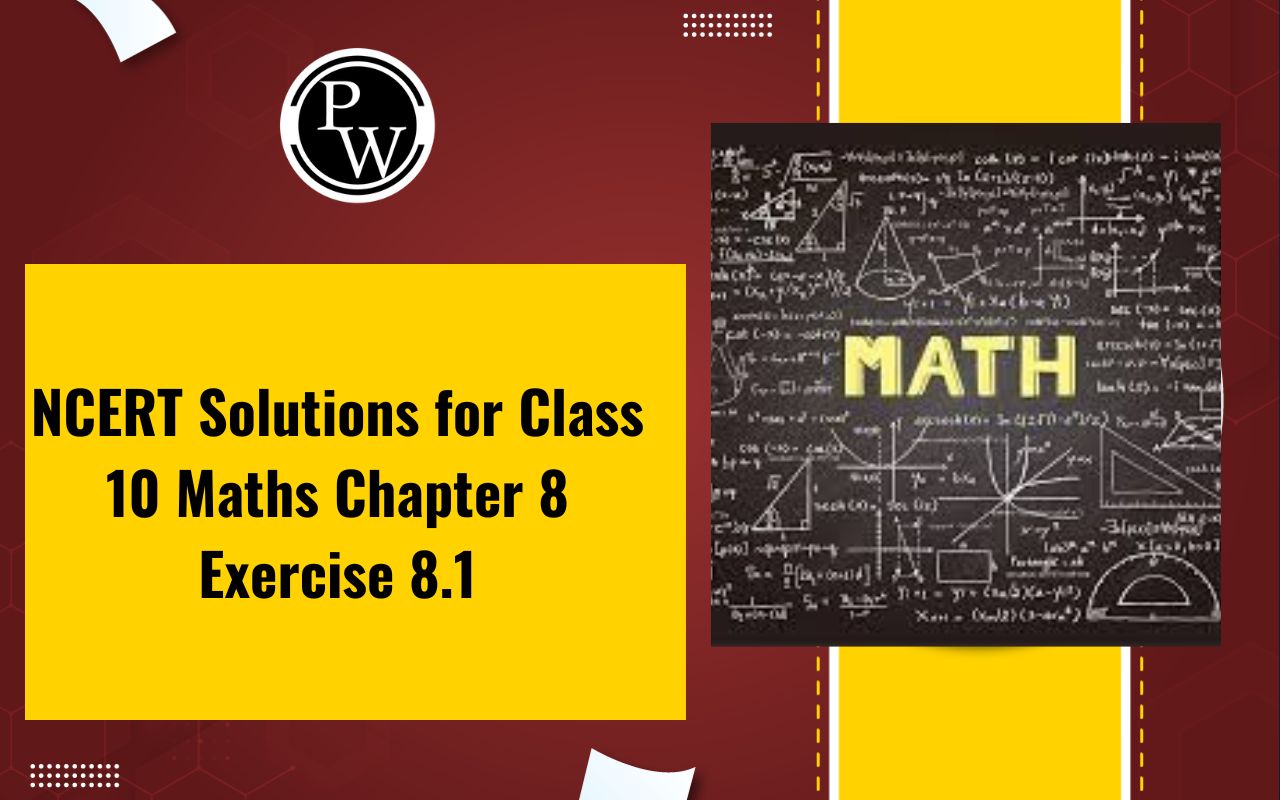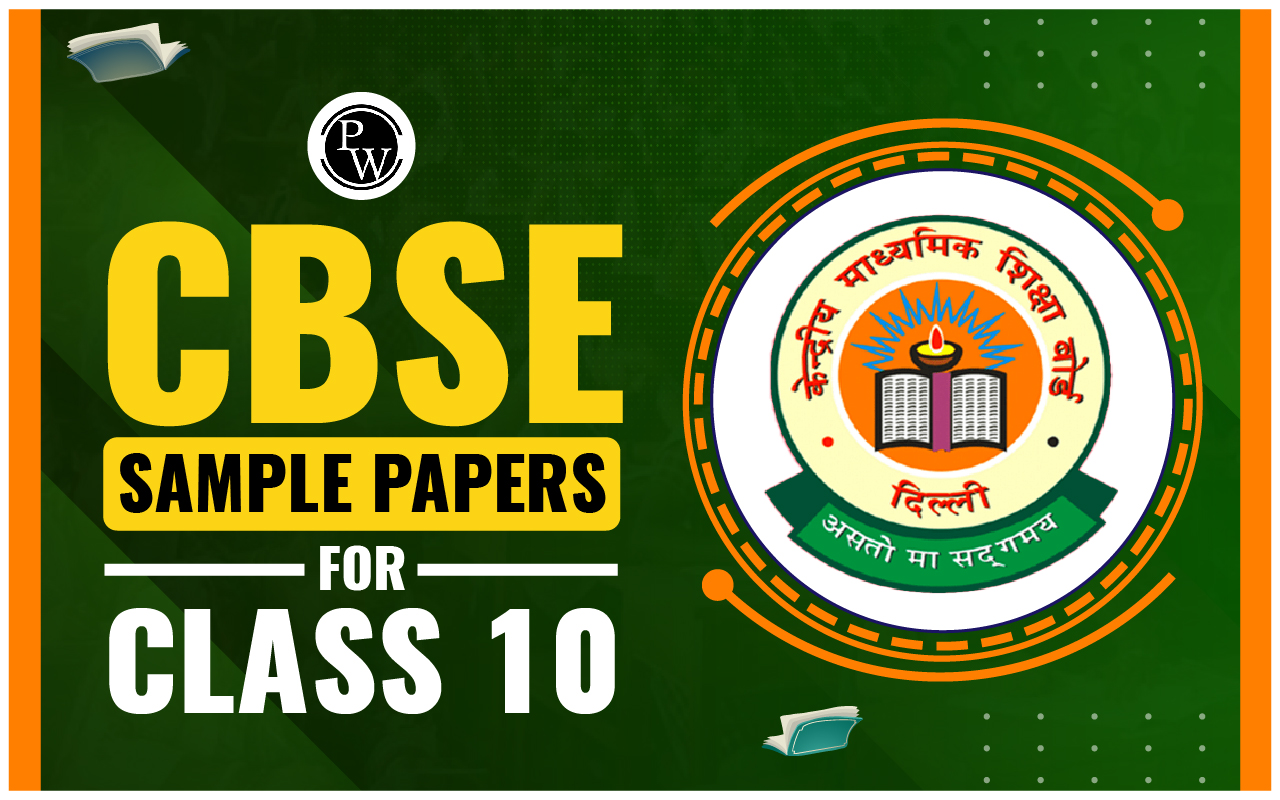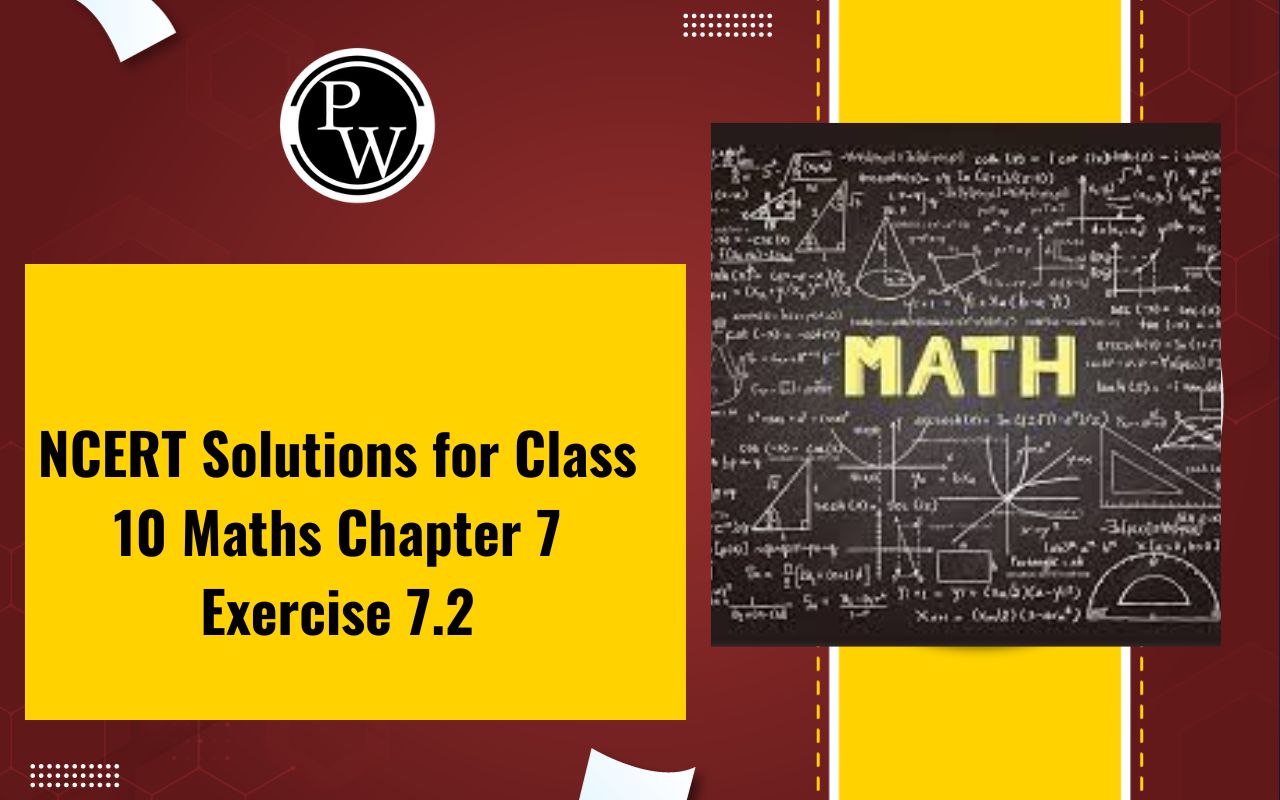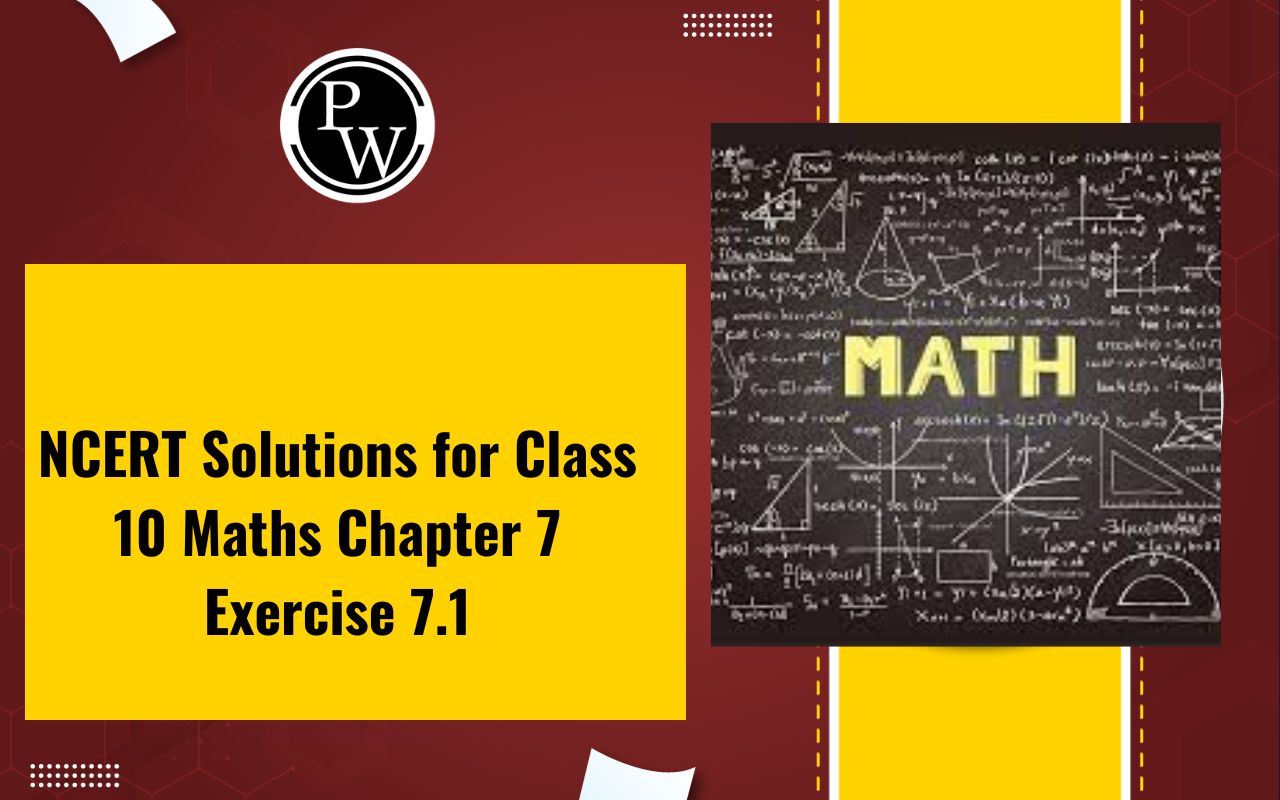
RS Aggarwal Solutions for Class 10 Maths Chapter 18 Exercise 18.2: RS Aggarwal Solutions for Class 10 Maths Chapter 18 Exercise 18.2 provide detailed and clear answers to the exercises on the areas of circles, sectors, and segments. This chapter focuses on applying formulas to solve problems involving the areas of these geometric figures.
These solutions are designed to enhance comprehension and problem-solving skills. You can refer to these solutions to practice and master the concepts effectively.R S Aggarwal Solutions for Class 10 Maths Chapter 18 Exercise 18.2 Overview
RS Aggarwal Solutions for Class 10 Maths Chapter 18 Exercise 18.2 prepared by subject experts from Physics Wallah. By using these comprehensive solutions, students can enhance their grasp of the topic and effectively prepare for their exams.RS Aggarwal Solutions for Class 10 Maths Chapter 18 Exercise 18.2 PDF
RS Aggarwal Solutions for Class 10 Maths Chapter 18 Exercise 18.2 are available in a PDF format. This PDF provides detailed solutions to all the questions in Exercise 18.2, focusing on the areas of circles, sectors, and segments. It is a valuable resource for students aiming to enhance their understanding and practice of these concepts. You can download the PDF using the link provided below to access these comprehensive solutions and boost your preparation.RS Aggarwal Solutions for Class 10 Maths Chapter 18 Exercise 18.2 PDF
RS Aggarwal Solutions for Class 10 Maths Chapter 18 Exercise 18.2
Below we have provided RS Aggarwal Solutions for Class 10 Maths Chapter 18 Exercise 18.2 for the ease of the students –Q. What is the perimeter of a square which circumscribes a circle of radius a cm?
Q. Find the length of the arc of a circle of diameter 42 cm which subtends an angle of 60 ∘ at the centre.
Q. Find the perimeter of a semicircular protractor whose diameter is 14 cm.
Q. Find the area of the sector of a circle having radius 6 cm and of angle 30 ∘ . [Take π = 3.14 ]
Q. A square is inscribed in a circle. Find the ratio of the areas of the circle and the square.
Q. The perimeter of a circle is 17.5 cm. Find the area of the sector enclosed by two radii and an arc 44 cm in length.

In the given figure, ABCD is a square of side 4 cm. A quadrant of a circle of radius 1 cm is drawn at each vertex of the square and a circle of diameter 2 cm is also drawn. Find the area of the shaded region [Use π = 3.14.]

In the given figure, three sectors of a circle of radius 7 cm, making angles of 60 ∘ , 80 ∘ a n d 40 ∘ at the centre are shaded. Find the area of the shaded region.

Find the perimeter of the shaded region in the figure, if ABCD is a square of side 14 cm and APB and CPD are semicircles.

In the given figure, PSR, RTQ and PAQ are three semicircles of diameter 10 cm, 3 cm and 7 cm respectively. Find the perimeter of shaded region.
Q. Find the area of a quadrant of a circle whose circumference is 44 cm.
Q. The cost of fencing a circular field at the rate of Rs 25 permetre is Rs 5500. The field is to be ploughed at the rate of 50 paise per m^2. Find the cost of ploughin the field. [Take π = \frac{22}{7}]

A park is in the form of a rectangle 120 m by 90 m. At the centre of the park, there is a circular lawn as shown in the figure. The area of the park excluding the lawn is 2950 m^2. Find the radius of the circular lawn. [Given, π = 3.14]

In the given figure, PQSR represents a flower bed. If OP = 21 m and OR = 14m, find the area of the flower bed.
Q. A horse is tethered to one corner of a field which is in the shape of an equilateral triangle of side 12 m. If the length of the rope is 7 m, find the area of the field which the horse cannot graze. Take √ 3 = 1.732. Write the answer correct to 2 places of decimal.

In the given figure, OPQR is a rhombus, three of whose vertices lie on a circle with centre O. If the area of the rhombus is 32 √ 3 c m 2 , find the radius of the circle.
 From the figure, O is the centre of the circle and OPQR is a rhombus.
Let the diagonals OQ and PR intersect at S
Given area of rhombus OPQR
=
32
√
3
c
m
Let
O
P
=
O
Q
=
O
R
=
r
c
m
O
S
=
S
Q
=
(
r
2
)
c
m
a
n
d
R
S
=
P
S
In right
Δ
O
S
P
,
O
P
2
=
O
S
2
+
P
S
2
(By Pythagoras theorem)
⇒
r
2
=
(
r
2
)
2
+
P
S
2
⇒
P
S
2
=
r
2
–
(
r
2
)
2
=
3
r
2
4
∴
P
S
=
√
3
r
2
⇒
P
R
=
2
P
S
=
√
3
r
Area of rhombus OPQR
=
1
2
×
d
1
×
d
2
=
1
2
×
O
Q
×
P
R
⇒
32
√
3
=
1
2
×
r
×
√
3
r
⇒
32
=
1
2
×
r
2
r
2
=
64
r
=
8
c
m
Radius of circle = 8 cm
Q.
The radius of the wheel of a vehicle is 42 cm. How many revolutions will it complete in a 19.8-km-long journey?
From the figure, O is the centre of the circle and OPQR is a rhombus.
Let the diagonals OQ and PR intersect at S
Given area of rhombus OPQR
=
32
√
3
c
m
Let
O
P
=
O
Q
=
O
R
=
r
c
m
O
S
=
S
Q
=
(
r
2
)
c
m
a
n
d
R
S
=
P
S
In right
Δ
O
S
P
,
O
P
2
=
O
S
2
+
P
S
2
(By Pythagoras theorem)
⇒
r
2
=
(
r
2
)
2
+
P
S
2
⇒
P
S
2
=
r
2
–
(
r
2
)
2
=
3
r
2
4
∴
P
S
=
√
3
r
2
⇒
P
R
=
2
P
S
=
√
3
r
Area of rhombus OPQR
=
1
2
×
d
1
×
d
2
=
1
2
×
O
Q
×
P
R
⇒
32
√
3
=
1
2
×
r
×
√
3
r
⇒
32
=
1
2
×
r
2
r
2
=
64
r
=
8
c
m
Radius of circle = 8 cm
Q.
The radius of the wheel of a vehicle is 42 cm. How many revolutions will it complete in a 19.8-km-long journey?
Benefits of RS Aggarwal Solutions for Class 10 Maths Chapter 18 Exercise 18.2
- Detailed Explanations : The solutions provide clear step-by-step explanations for each problem, helping students understand the methodology and concepts behind the calculations.
- Concept Clarity : By breaking down complex problems into manageable steps, these solutions help reinforce understanding of the areas of circles, sectors, and segments, ensuring that students grasp the core concepts.
- Enhanced Problem-Solving Skills : Regular practice with these solutions helps improve problem-solving skills, enabling students to tackle similar questions with confidence in their exams.
- Exam Preparation : The solutions align with the ICSE syllabus providing students with targeted practice to effectively prepare for their board exams.
- Self-Assessment : Students can use these solutions to check their answers and understand any mistakes, allowing for effective self-assessment and learning.
RS Aggarwal Solutions for Class 10 Maths Chapter 18 Exercise 18.2 FAQs
Can these formulas be used for circles of any size?
Are the solutions suitable for board exam preparation?
What is a segment of a circle and how do you calculate its area?
What is the difference between a sector and a segment?


